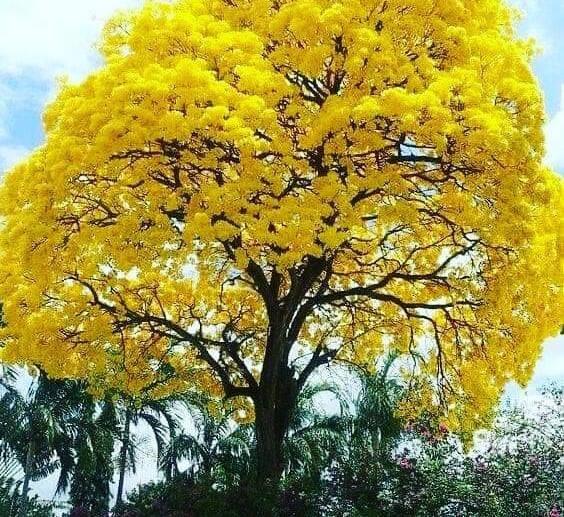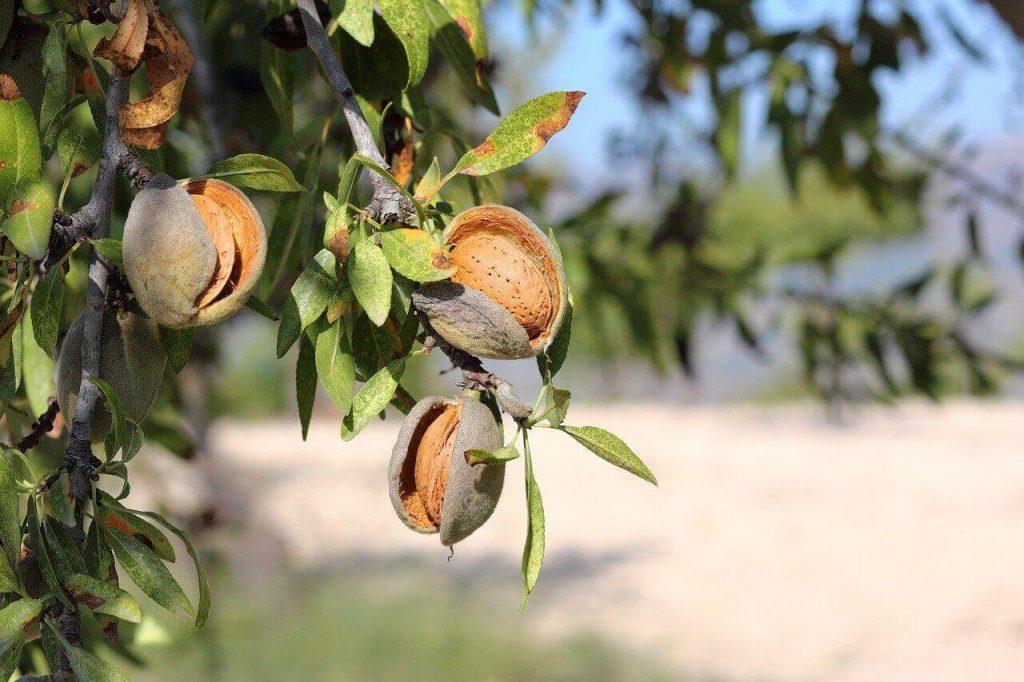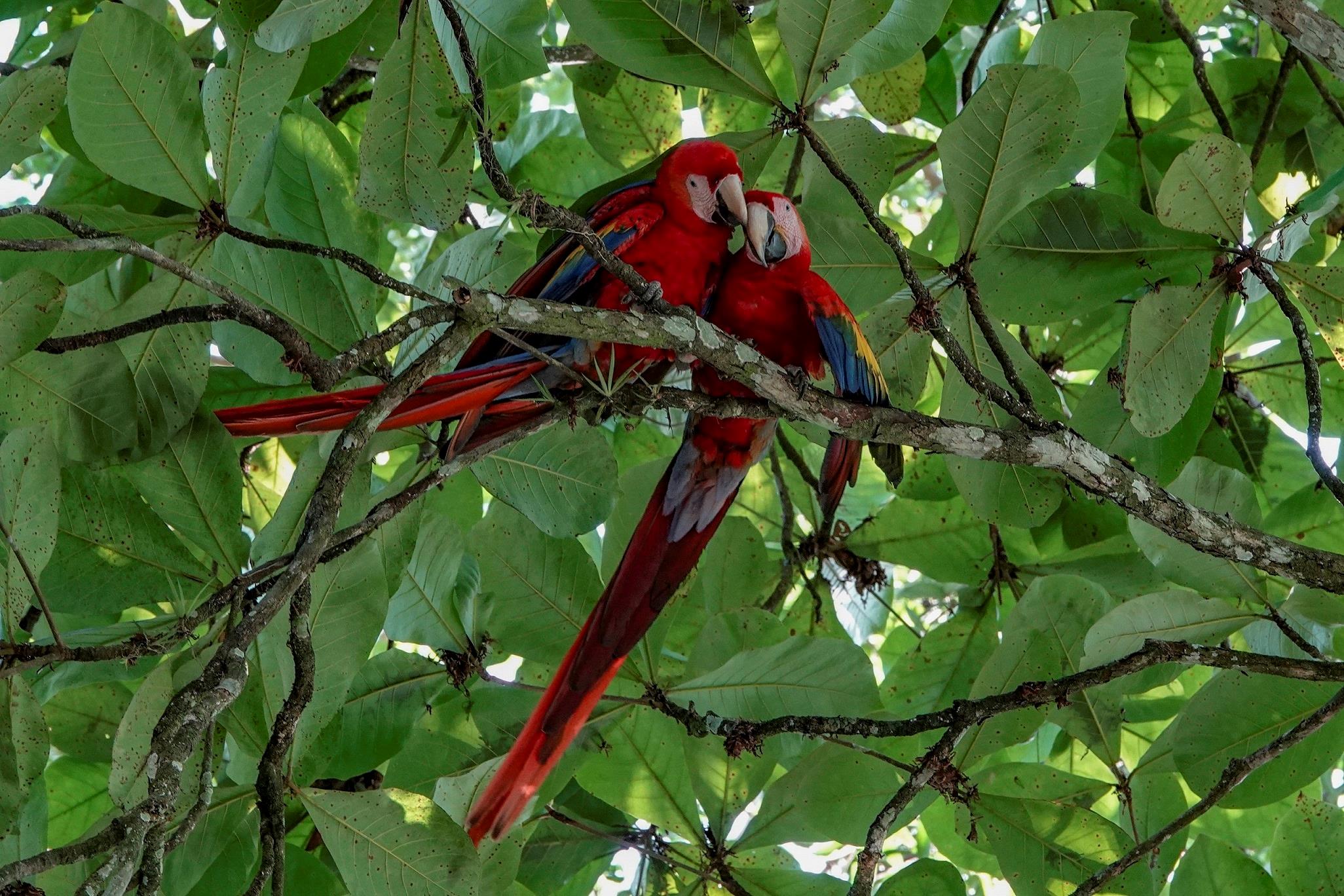(MENAFN- Newsroom Panama)
Panama is one of three countries in the world classified as carbon negative , meaning that greenhouse gas emissions released into the atmosphere are fixed in trees and stored in their biomass and in the soil.
To date, Panama has a forest cover of 65.4%, equivalent to 4,925,789 hectares of forests, which capture carbon dioxide (CO2).
Three species of trees that are great CO2 removers stand out in the Panamanian flora due to their high density and slow growth:

Cocobolo (Dalbergia retusa)
Cocobolo is a species native to Panama and develops in secondary forests at low altitudes and reaches approximately 10 to 20 m in height.
This tree flowers and bears fruit from November to May.

Guayacán in full bloom.
Guayacán
Guayacán can grow up to 50 meters high, and prefers humid to very humid climates.
It is very characteristic for its yellow flowers that can be seen especially in the dry months of the year from January to May of each year.
In the country they are observed in the provinces of Colón, Chiriquí, Darién, Panama and it is very characteristic in the forests of the canal basin and in the urban areas of the city.

A natural almond.
Almendro
The Almendro, or Almond tree is a 40 meter tall tree, with light brown to reddish brown bark, compound leaves and lilac to pink flowers.
It grows in lowlands, in humid to very humid climates, and flowers from May to August.
In Panama it has been recorded in Bocas del Toro, Colón, Darién, Panama and the Canal area.
The fruits are eaten by a variety of wildlife including white-faced capuchins and scarlet macaws.
Characteristics
All three of these trees have very dense, hard wood, which allows for greater forest carbon fixation.
Because they grow more slowly, they store more carbon in their wood.
Although there are more powerful CO2 removers than others, it is important to clarify that every tree, regardless of its growth, will contribute to reducing CO2 emissions.
For his part, Carlos Gómez, forestry engineer at MiAmbiente, explained that "the cocobolo, the guayacán and the almond tree are species that, unlike other trees, have a greater removal capacity in their adulthood, so their conservation is very important".
In addition, there are other exotic species of high economic value, such as pine or eucalyptus, which grow relatively quickly and sequester CO2 from the environment during their development stage; and they have a greater forest carbon absorption capacity at an age between 20-30 years; compared to slow-growing ones, which will fix more carbon after 40-50 years.
These trees with heavy wood can be found throughout the country, especially in national parks.
In the case of mature forests, there are between 20% and 25% species with high density that fix more forest carbon.

A pair of Scarlet Macaws seek shade in an Almond tree.
Climate change is a real phenomenon that has been permeating and affecting all countries, with natural disasters, agricultural losses, and melting of the poles.
Therefore, it is important to plant trees with high density.
While planting in open areas, it is recommended to use species that grow larger and mix them together to create an environment similar to that of a natural forest, and to also to promote forest carbon fixation.
MENAFN30062024000218011062ID1108391510
Legal Disclaimer:
MENAFN provides the information “as is” without warranty of any kind. We do not accept any responsibility or liability for the accuracy, content, images, videos, licenses, completeness, legality, or reliability of the information contained in this article. If you have any complaints or copyright issues related to this article, kindly contact the provider above.